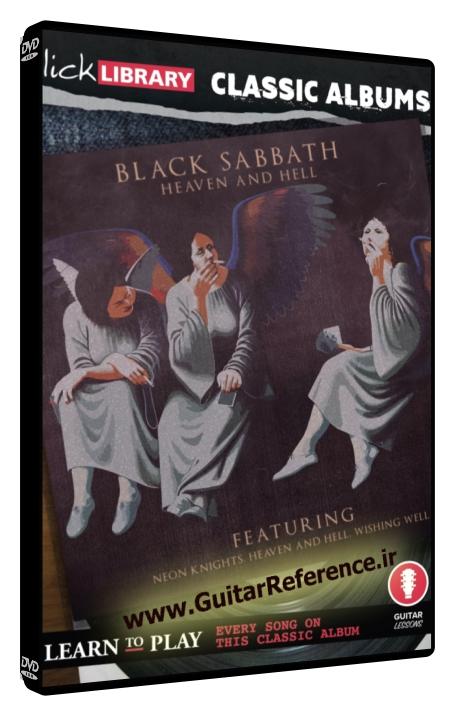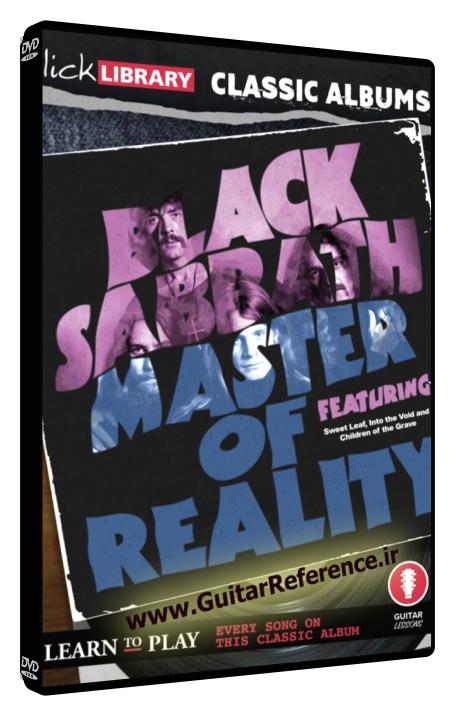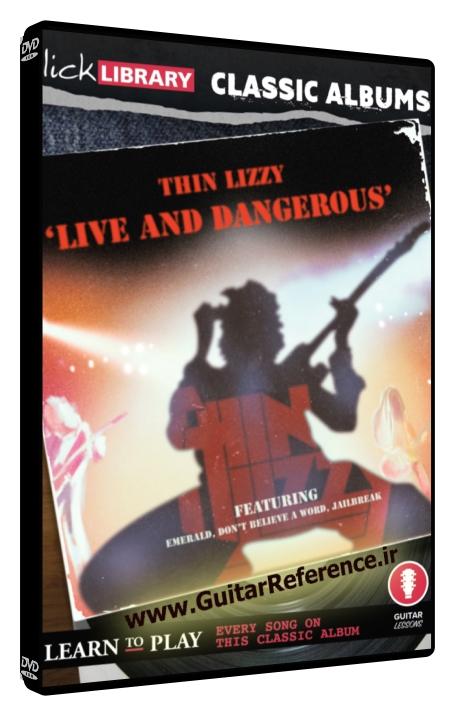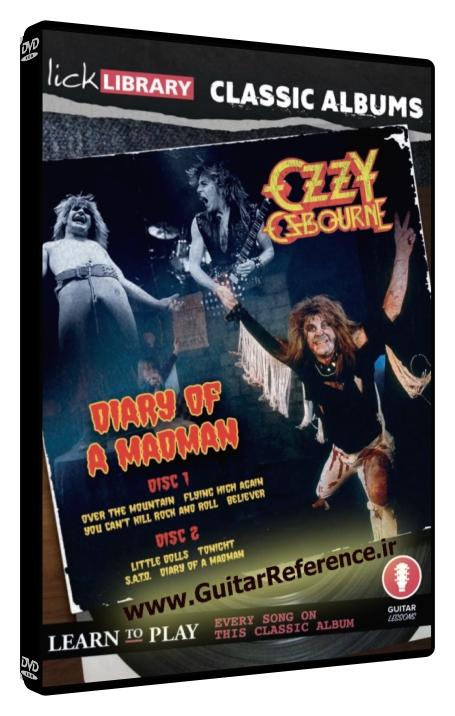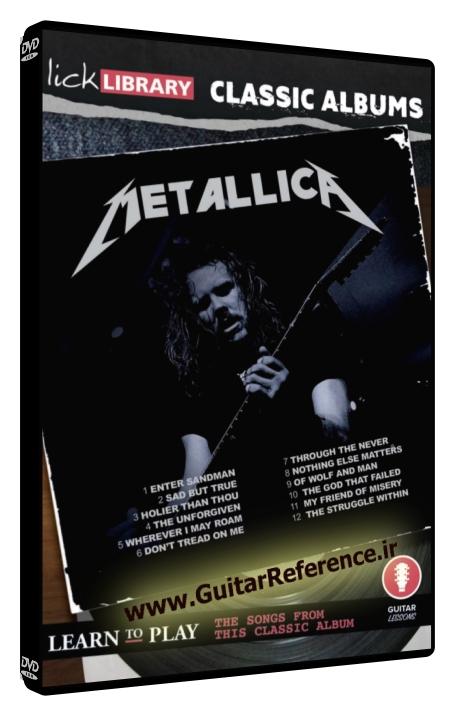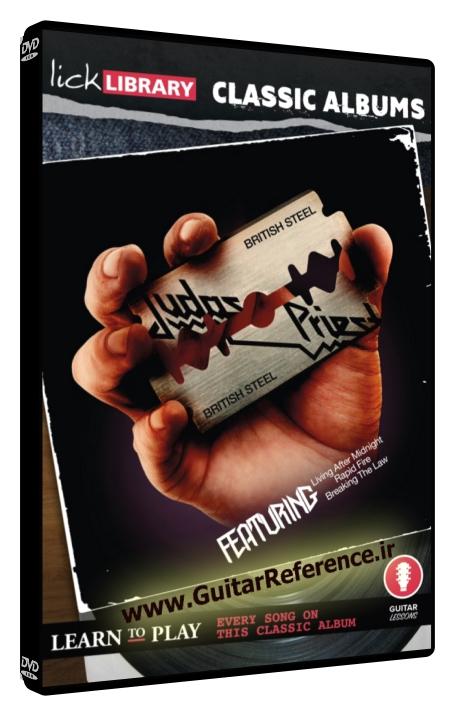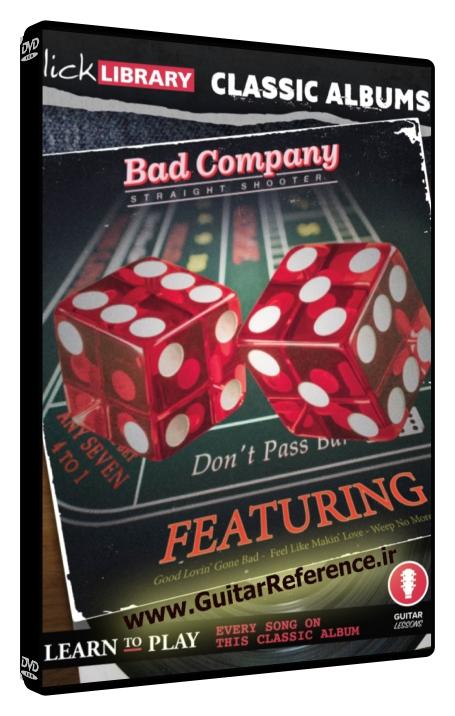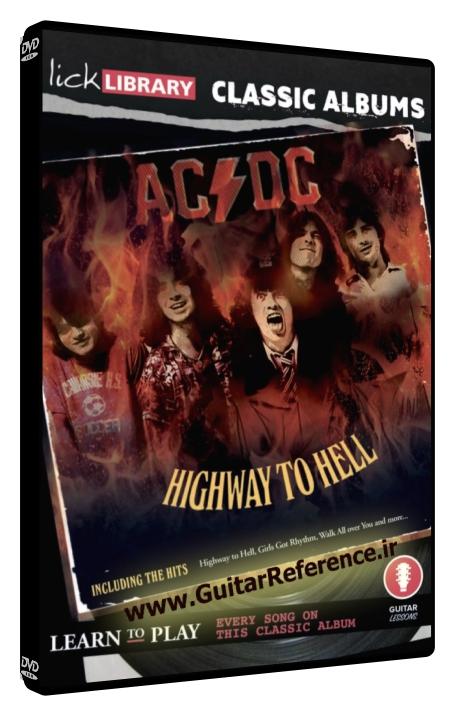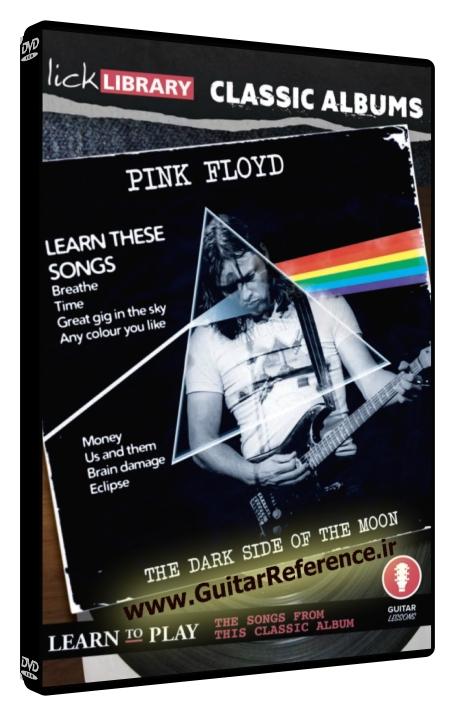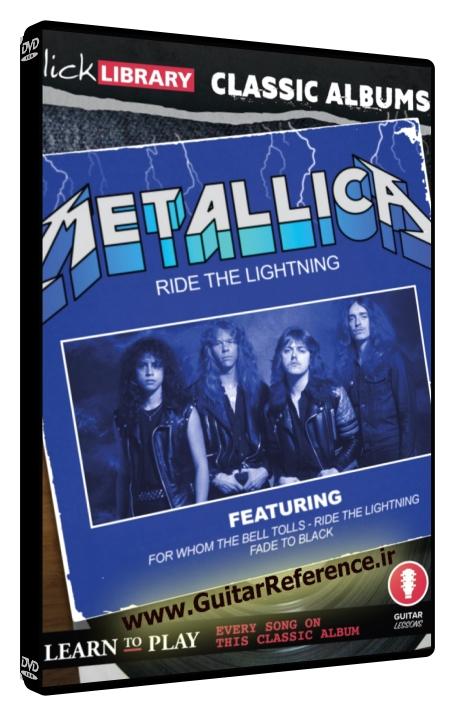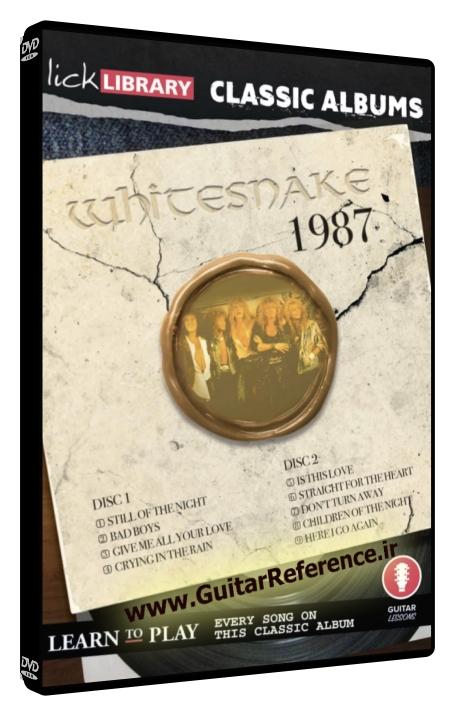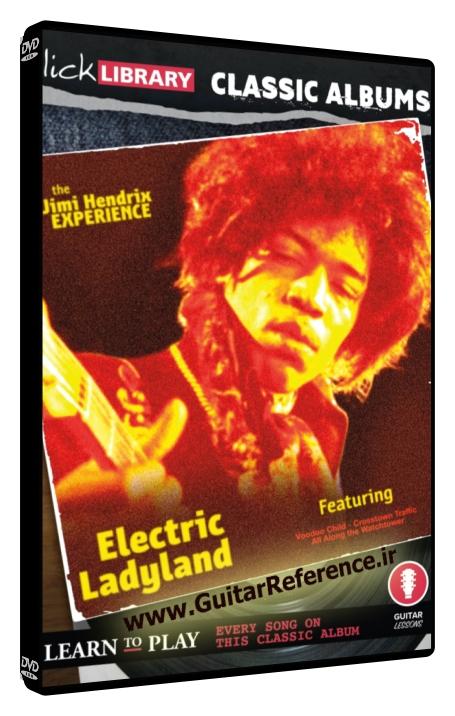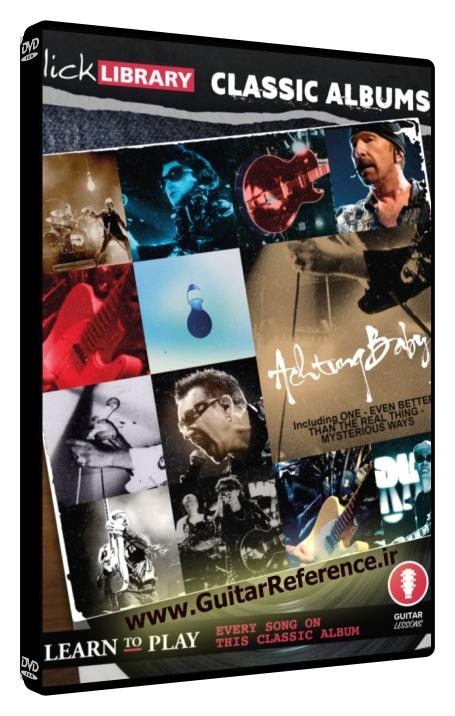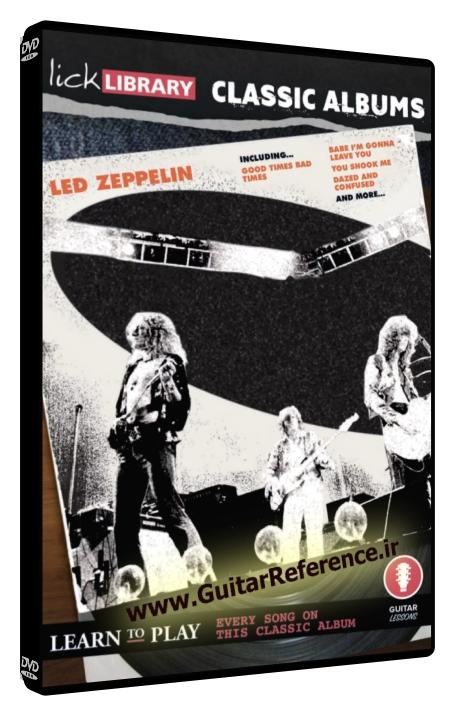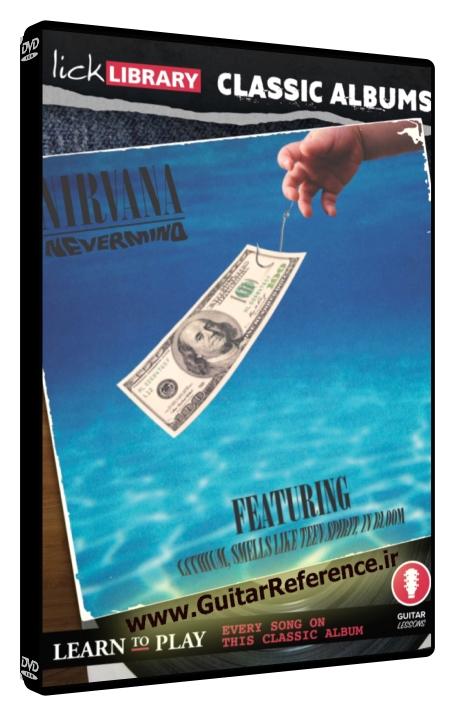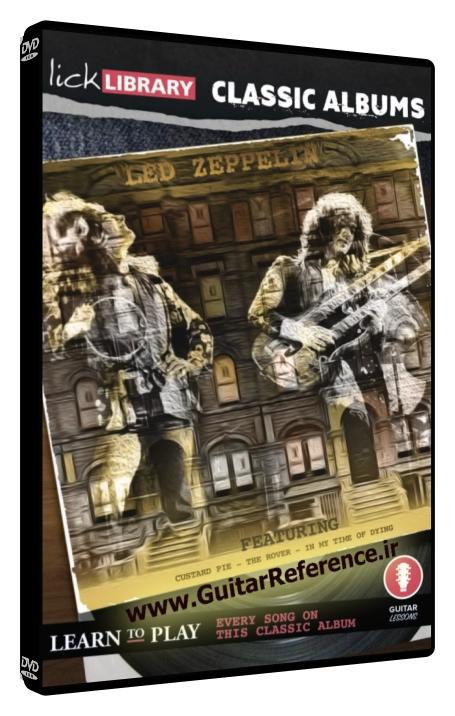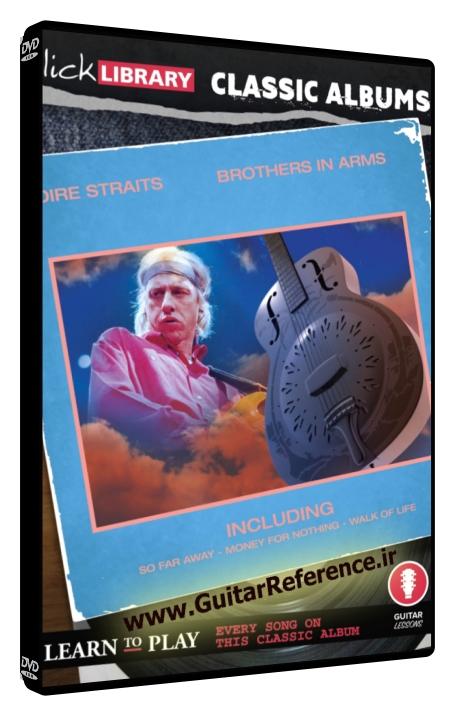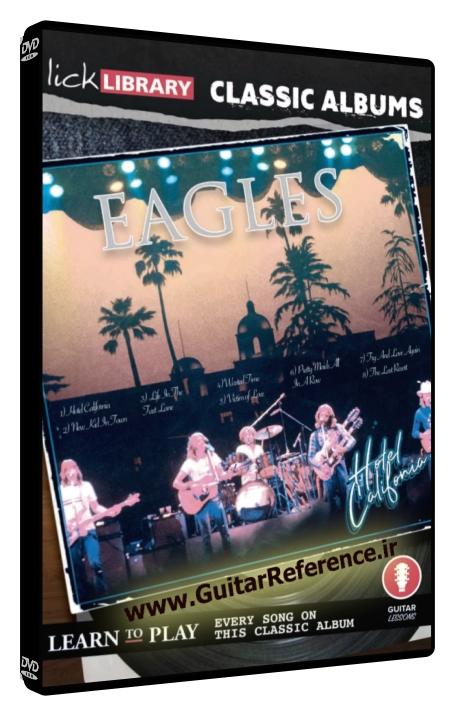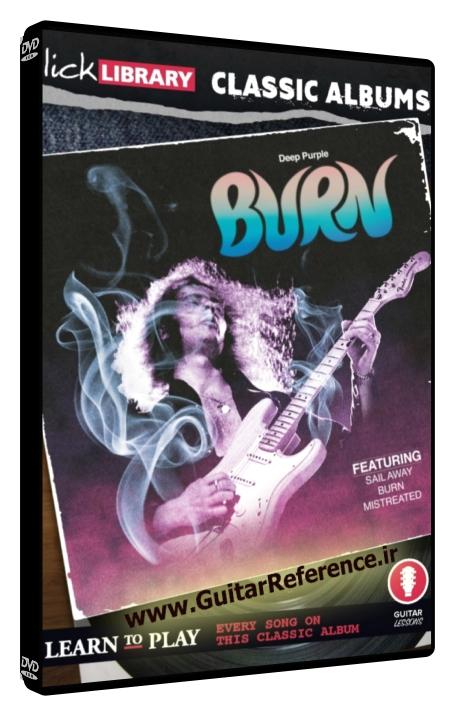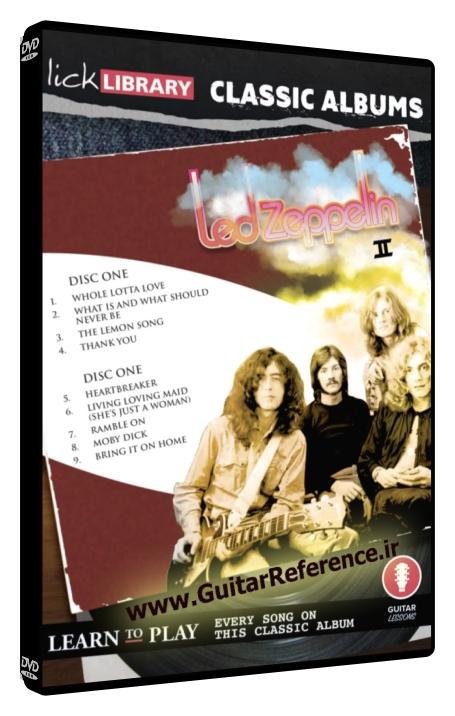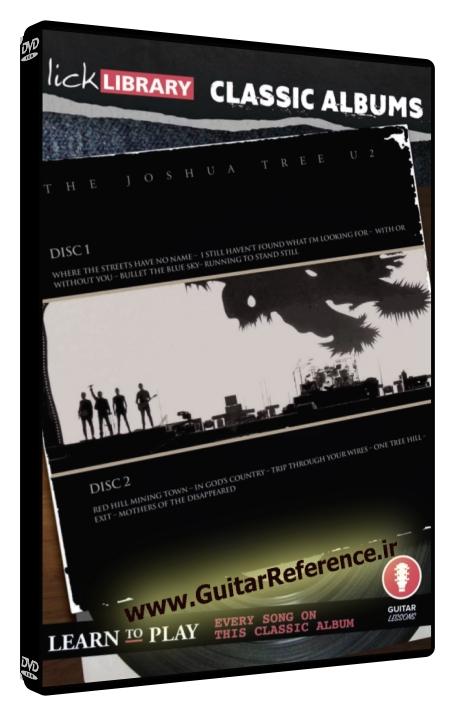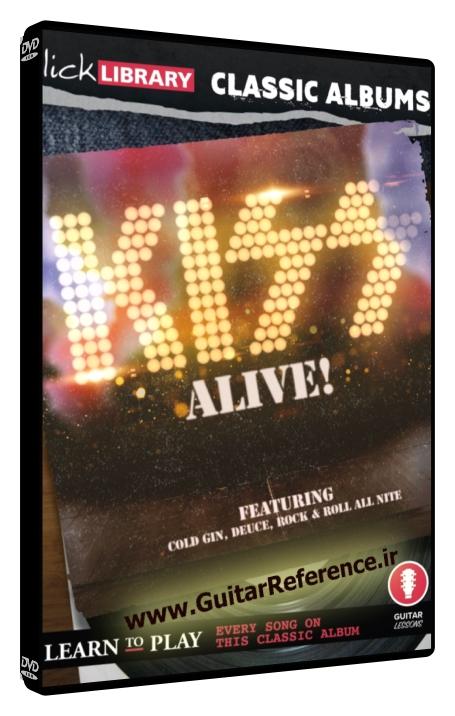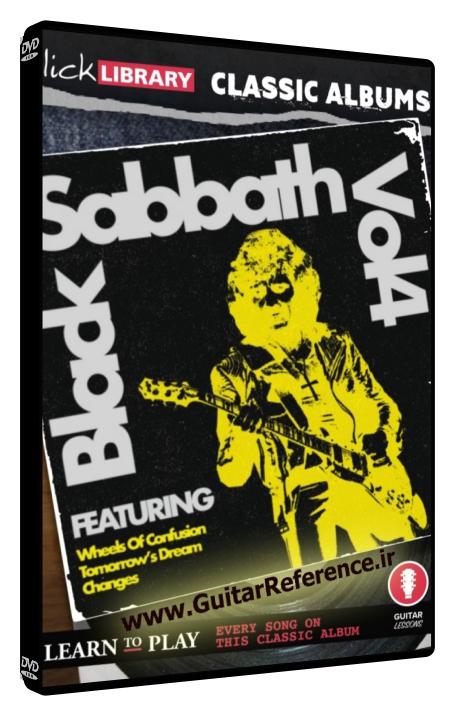Classic Albums – Back In Black (AC/DC)
by Danny Gill
Product Size: 1.95 GB (WEBRIP)
37.99 $ 3.99 $
Description
AC/DC’s “Back in Black” Album: A Comprehensive Guitar Guide
“Back in Black” by AC/DC is one of the seminal rock albums of all time. Released in 1980, it features the band’s signature hard rock sound. The album stands out as an exemplary model of classic rock guitar techniques and musicianship, with the lead guitarist Angus Young making significant contributions to its character.
Selling 50 million copies worldwide, AC/DC’s seventh album, Back in Black was an unprecedented success and cemented the band as one of rock’s all-time greats. In this guitar lesson course, Danny Gill takes you through Angus Young’s scorching riffs and killer solos from the record note for note.
Guitar Lessons in this course
• Hells Bells
• Shoot To Thrill
• What Do You Do For Money Honey
• Given The Dog A Bone
• Let Me Put My Love Into You
• Back In Black
• You Shook Me All Night Long
• Have A Drink On Me
• Shake A Leg
• Rock and Roll Ain’t Noise Pollution
Guitar Lesson 1: “Hells Bells”
Opening with a chilling toll of the bell, it sets an eerie tone before it breaks into an emotive A minor arpeggio, an excellent example of arpeggiated chord progressions. The main riff combines power chords with open-string riffs in A minor, while the solo is grounded in the A minor pentatonic scale, incorporating string bending and vibrato for emotional depth.
Guitar Lesson 2: “Shoot to Thrill”
“Shoot to Thrill” features syncopated rhythms, power chords and palm-muted lower strings, creating a forceful, driving tone. Angus’ solo in E minor is a study in precision, packed with alternate picking and his signature vibrato.
Guitar Lesson 3: “What Do You Do for Money Honey”
This song’s infectious riff uses power chords and palm muting, a staple of hard rock. The solo sees Angus Young exploring E minor pentatonic and blues scale, using string bending and vibrato to increase intensity.
Guitar Lesson 4: “Given the Dog a Bone”
This track exhibits a combination of power chords and palm muting. The lead section is full of A minor pentatonic, where you can hear Young’s masterful use of string bending and vibrato, as well as his love for bluesy bends.
Guitar Lesson 5: “Let Me Put My Love Into You”
Highlighted by an emotive A minor intro riff, the song also contains a driving, bluesy main riff. The solo, based in A minor pentatonic, showcases Young’s vibrato, alternate picking and string bending techniques.
Guitar Lesson 6: “Back in Black”
The title track of the album, “Back in Black” features one of the most iconic riffs in rock history, using power chords and chromaticism. The solo is in E minor pentatonic and showcases Young’s alternate picking and string bending skills.
Guitar Lesson 7: “You Shook Me All Night Long”
This song is known for its syncopated, catchy riff, incorporating power chords and a B minor scale. The solo, in D major pentatonic, is an excellent example of Young’s string bending and alternate picking techniques.
Guitar Lesson 8: “Have a Drink on Me”
A great example of a driving rock song, using power chords and a bluesy A minor scale riff. The lead section, in A minor pentatonic, shows Young’s technique for combining string bending and vibrato.
Guitar Lesson 9: “Shake a Leg”
“Shake a Leg” is an up-tempo track with an infectious rhythm. The main riff uses power chords, while the solo is based in A minor pentatonic, featuring alternate picking, string bending, and chromaticism.
Guitar Lesson 10: “Rock and Roll Ain’t Noise Pollution”
This song boasts a bluesy G major pentatonic riff and ample power chords. The lead section is a display of Young’s controlled string bending and vibrato in G major pentatonic.
Angus Young’s Contribution
The lead guitarist and co-founder of AC/DC, Angus Young, played a pivotal role in shaping the distinctive sound of “Back in Black”. His guitar playing, heavily influenced by blues, is characterized by his powerful riffs, blistering solos, and masterful use of techniques such as power chords, palm muting, vibrato, and string bending. His high-energy performances, coupled with his songwriting and riff-crafting prowess, played a huge part in making “Back in Black” the quintessential hard rock album.
Guitar Techniques Used in “Back in Black”
• Vibrato
• Alternate Picking
• Arpeggiated Chord Progressions
• Palm Muting
• Power Chords
• String Bending
• Syncopated Rhythms
• Bluesy Bends
• Chromaticism

